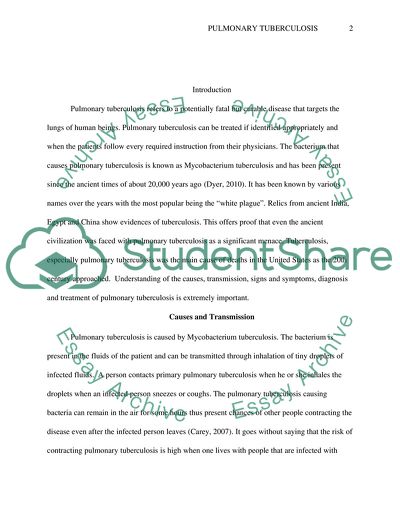Cite this document
(Pulmonary Tuberculosis Disease Term Paper Example | Topics and Well Written Essays - 1250 words, n.d.)
Pulmonary Tuberculosis Disease Term Paper Example | Topics and Well Written Essays - 1250 words. https://studentshare.org/medical-science/1867502-pulmonary-tuberculosis
Pulmonary Tuberculosis Disease Term Paper Example | Topics and Well Written Essays - 1250 words. https://studentshare.org/medical-science/1867502-pulmonary-tuberculosis
(Pulmonary Tuberculosis Disease Term Paper Example | Topics and Well Written Essays - 1250 Words)
Pulmonary Tuberculosis Disease Term Paper Example | Topics and Well Written Essays - 1250 Words. https://studentshare.org/medical-science/1867502-pulmonary-tuberculosis.
Pulmonary Tuberculosis Disease Term Paper Example | Topics and Well Written Essays - 1250 Words. https://studentshare.org/medical-science/1867502-pulmonary-tuberculosis.
“Pulmonary Tuberculosis Disease Term Paper Example | Topics and Well Written Essays - 1250 Words”. https://studentshare.org/medical-science/1867502-pulmonary-tuberculosis.


